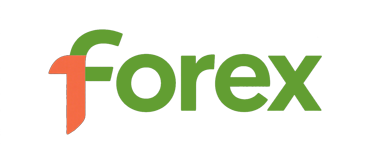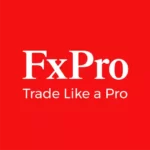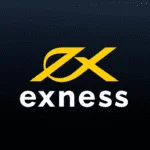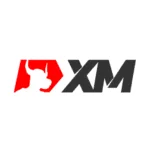Full analysis of foreign exchange trading process: from entry to mastery
Foreign exchange trading, that is, foreign exchange market trading, refers to the act of buying and selling currencies of different countries on a global scale. The foreign exchange market is one of the largest and most liquid financial markets in the world, with trillions of dollars in daily transactions. For investors, understanding the basic process and related terms of foreign exchange trading is the first step to enter this market.

We need to be clear about what is foreign exchange (Forex). Foreign exchange refers to the currencies of different countries and their exchange rates, usually traded in the form of currency pairs. For example, USD/EUR or GBP/JPY. Each currency pair has a bid and ask price, and the difference between the two is a source of profit for the trader.
In Forex trading, investors can trade in two main ways: in stock trading and derivatives trading. in stock trading is the buying and selling of currencies on the spot, where a trader buys or sells a currency pair at the time of the transaction and completes delivery within two business days. Derivatives trading, on the other hand, includes forward contracts, options and futures, allowing investors to buy and sell currencies at a predetermined price at a specific time in the future.
Participants in the foreign exchange market mainly include banks, central banks, corporations, institutional investors and retail traders. Banks and central banks are the main liquidity providers in the market, while companies hedge exchange rate risk through the foreign exchange market. Retail traders are the fastest growing group in recent years, trading through forex trading platforms and taking advantage of market fluctuations to make profits.
In Forex trading, the exchange rate is one of the most important indicators. Exchange rate refers to the relative value of one currency relative to another currency, usually expressed in the form of base currency/quote currency. For example, when the dollar/euro exchange rate is 1.2000, it means that one dollar can be exchanged for 1.2000 euros. Exchange rate fluctuations are influenced by a variety of factors, including economic data, political events, market sentiment and monetary policy.
We will cover the basic flow of Forex trading in detail to help you better understand the process.
After understanding the basic concepts of foreign exchange trading, we will then delve into the specific process of foreign exchange trading, including the steps of opening an account, placing an order, execution, settlement and delivery. These processes may seem simple, but they actually involve many details and considerations that require investors to have certain expertise and experience.
Investors need to choose a reliable forex trading platform. At present, there are many foreign exchange trading platforms on the market, such as MetaTrader4(MT4), MetaTrader5(MT5) and some customized platforms. When choosing a platform, investors should pay attention to the stability, security, trading varieties, fees and customer support of the platform. Investors should also understand the leverage ratio of the platform. Leverage can enlarge the trading scale of investors, but it also increases risk.
Opening an account is the first step in forex trading. Investors need to complete registration and open a trading account on the platform of their choice. Usually, the platform will ask for some basic information, such as name, address, contact information, etc. In order to ensure the security of the account, investors also need to carry out identity verification, including uploading documents such as ID card, passport or driver's license.
After completing the account, the investor needs to deposit funds into the account. Funds can be used for trading or as margin. In forex trading, leverage allows investors to control larger positions with smaller funds. For example, 100 times leverage means that investors only need to invest 1% of their capital to control a $1 million trade. Leverage also means higher risk, so investors should use it with caution.
Next is the order transaction. Investors can place orders through the trading interface provided by the platform, selecting currency pairs, trading direction (buy or sell), trading volume (number of lots), and stop loss and take profit levels. Stop-loss and take-profit are important risk management tools that can help investors limit losses or lock in profits. After the order is placed, the trade order will enter the market and be executed by the dealer or liquidity provider.
After the transaction is executed, investors need to pay attention to the settlement and delivery of the transaction. In foreign exchange transactions, most transactions are settled using the T 2 settlement system, which means that the transaction is settled within two business days after completion. At settlement, the trading platform automatically calculates gains or losses based on exchange rate changes and transfers funds to or from the investor's account. For long-term traders, such as hedgers, they may choose a forward contract to settle the trade at a specific time in the future.
Investors should regularly evaluate their trading strategies and risk management practices. The foreign exchange market is highly volatile, and investors need to adjust their strategies in time according to market changes. Investors should also pay attention to factors such as global economic data, changes in monetary policy and geopolitical risks, which may have a significant impact on the foreign exchange market.
Although foreign exchange trading may seem complicated, investors can still find opportunities in this market as long as they master the basic processes and relevant knowledge. Investors should also keep risks in mind and be rational to avoid heavy losses due to emotional decisions. Through continuous learning and practice, investors can gradually improve their trading skills and achieve long-term stable returns.

























